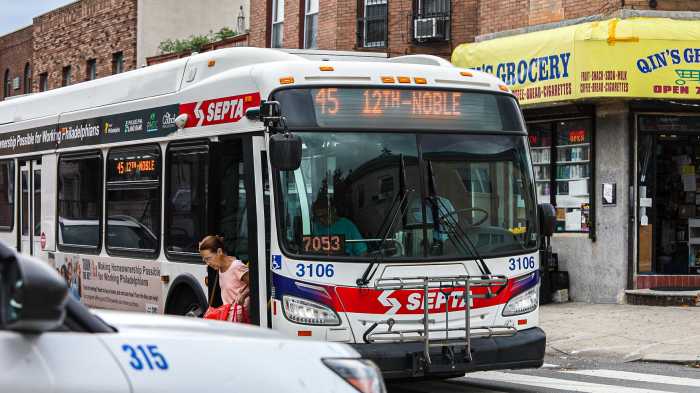 There is so much to choose from when it comes to charter schools — make sure you start with some good research. / Colourbox
There is so much to choose from when it comes to charter schools — make sure you start with some good research. / Colourbox
Transferring your child to a charter school can be a harrowing experience before his or her new classes even start. But a little research will light the way. Every charter school is different, which of course is the point, and because they are all independent, you won’t find any kind of guide grouping them by focus or discipline. So we’ve collected a few resources to help you start your research.
What to look for
Once you’ve made a list of schools whose mission statements and educational focuses feel appropriate for your student, nothing beats showing up in person. “Parents should conduct visits, ask questions,” explains Deirdre Darragh, of the School District of Philadelphia. Ask teachers if they’ve been happy there. Request information regarding the schools’ performance numbers.
Perhaps most importantly, investigate how seasoned the teachers are. A 2003 National Assessment of Educational Progress study of charter school performance discovered that students whose teachers had five years or more of experience performed significantly better than those with inexperienced teachers, regardless of the school. It also determined that charter schools are twice as likely to employ inexperienced teachers as traditional public schools.
Getting in
By law, any applicant in a charter school’s district may attend. Since the best schools typically have more applicants than spots, they accept students via lottery. But there are some loopholes — for example, siblings of current students frequently receive priority — so ask each school about the process. Also, when it comes to the application process, it’s important to know your rights. There are examples of less scrupulous schools requiring essays or testing, or volunteer time from parents — none of which is legal — in an effort to select better-performing students and improve the school’s chances of reaching it’s charter-demanded performance numbers.
Show up
Attend board meetings. Although each school is categorized as a corporation, with its own board of trustees, it is still a public institution, and is required by law to make its board meetings open to the public.
According to Darragh, the single best thing you can do is, “Start early. Provide ample time for research and inquiry. Given that every charter school has its own deadline, it is crucial that families are aware of the expectations for application submission and compile a timeline for each application.”
Resources:
• The School District of Philadelphia publishes a directory of every single city charter school, including for each an address, contact name and information, and the grade levels offered.
http://webgui.phila.k12.pa.us/offices/c/charter_schools/charter-school-d…
• On the Charter Schools page of the Pennsylvania Department of Education’s website, a performance report is available for the year 2011, listing each school’s performance numbers in math and reading.
www.portal.state.pa.us/portal/server.pt/community/charter_schools
• The Center for Education Reform’s website will pull listings for all charter schools in the state, providing addresses and telephone numbers, as well as the schools’ academic focuses, years they opened, number of students enrolled and grade levels offered.
www.edreform.com/in-the-states/know-your-choices/find-a-charter-school/
• The website of the Philadelphia Public School Notebook offers full profiles of every charter high school in the city, even including student racial demographics, any accreditations or awards and how long the waiting list is.
thenotebook.org/schoolprofiles

























